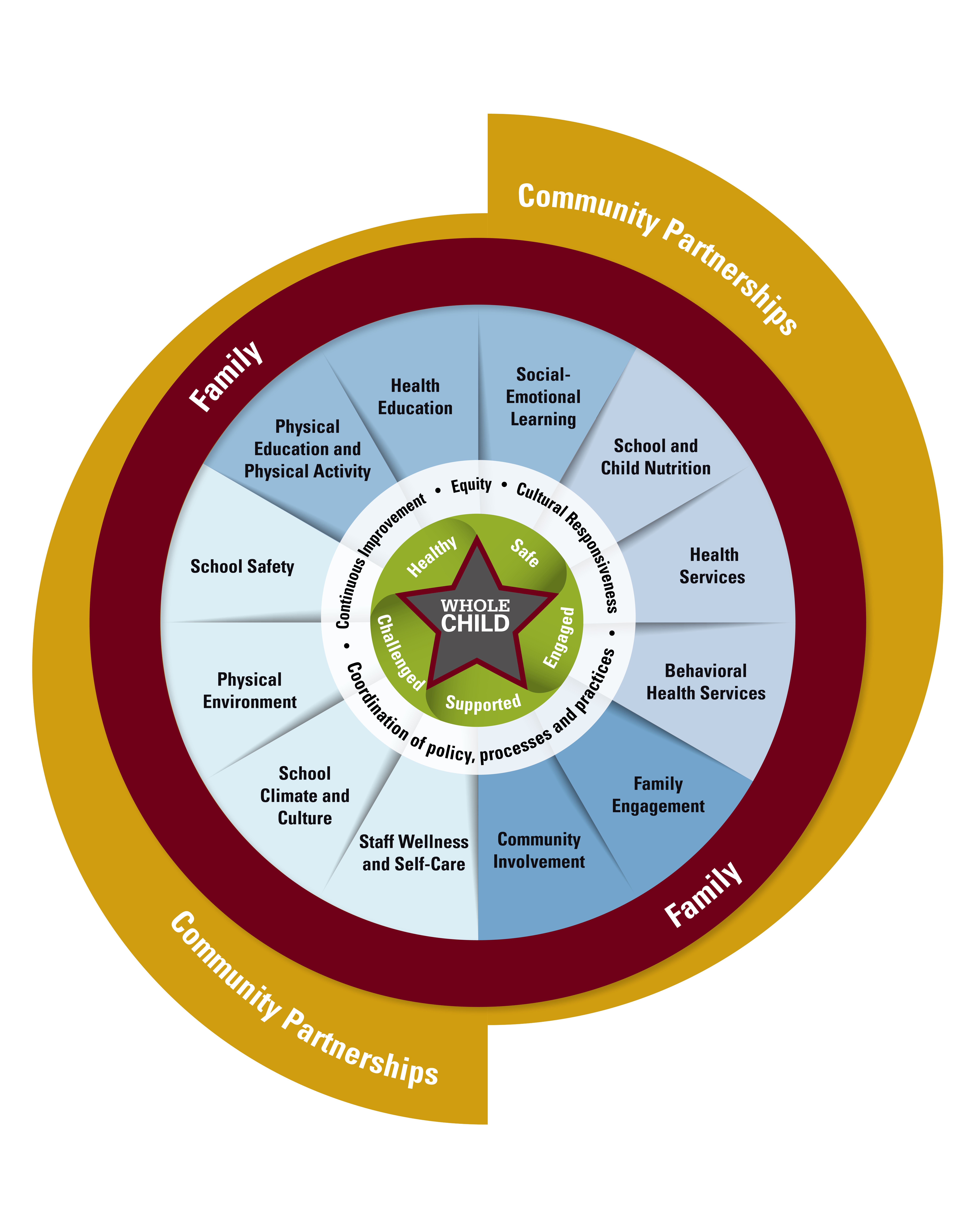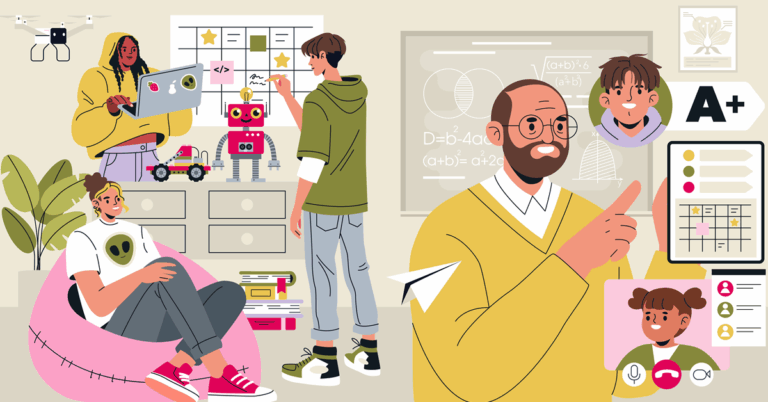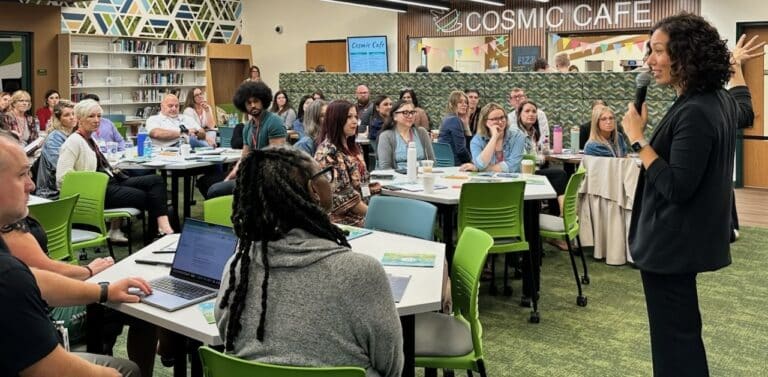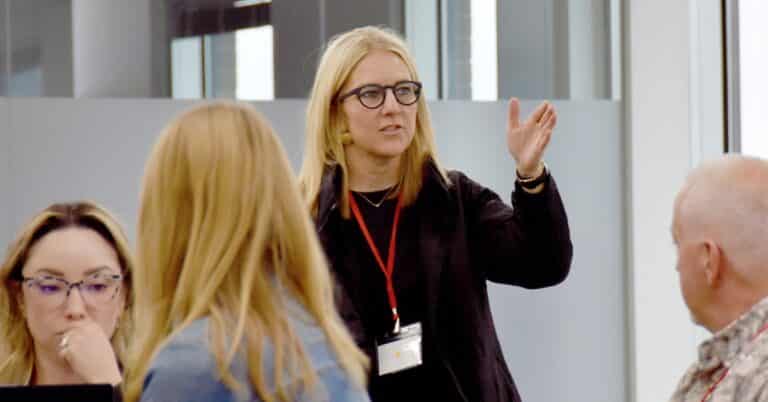According to Ohio’s Whole Child Framework, a whole child approach is one that ensures “all students are challenged, healthy, engaged, safe and supported, so that our children and youth can thrive in the classroom and become self-sustaining, contributing adults.”

If a student does not feel safe and/or does not have proper nutrition, they will have a more challenging experience in the classroom. Our work to help states, districts and schools implement personalized, competency-based learning benefits from a whole child approach to meeting student needs. For example, a student who has health challenges could be distracted and effected by those challenges in the classroom, whether it’s chronic absenteeism due to health and/or transportation, behavioral health or environmental factors. If districts are strategic about implementing whole child supports in collaboration with their efforts to implement personalized, competency-based learning, it sets up students, educators and families for a higher degree of success.
In a personalized, competency-based learning environment,
- Students daily make important decisions about their learning experiences, how they will create and apply knowledge and how they will demonstrate their learning
- Assessment is a meaningful, positive and empowering learning experience for students that yields timely, relevant and actionable evidence
- Students receive timely, differentiated support based on their individual learning needs
- Students progress based on evidence of mastery or competency, not seat time
- Students learn actively using different pathways and varied pacing
- Strategies to ensure equity are embedded in the culture, structure and pedagogy of schools and education systems
- Rigorous, common expectations for learning are explicit, transparent, measurable and transferable
There are tenets in the Ohio Whole Child Framework that align with what personalized, competency-based learning aims to do:
- When students make decisions about their learning and how they will apply what they’ve learned, this is an example of student-centered learning and connected, active learning
- Assessment that is meaningful, relevant and timely is using data in a way that recognizes the needs of the whole child
- When students progress not because of how long they’ve been in class but because they have demonstrated mastery, this brings a whole child focus to student progress
- Different pathways and varied pacing ensure a personalized learning approach
- Expectations for learning that are explicit, transparent, measurable and transferable contribute to a student’s ability to self-direct and monitor their progress
Together, personalized, competency-based learning and whole child approaches can create equitable conditions for students who will become civic leaders.
This resource was written by former Senior Manager of Advocacy Kevin Harrison.





